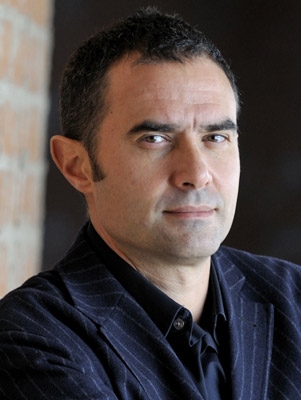'Matter:Rhythm'
For a few years, the architectural debate was focused on the critical and theoretical possibilities of architecture; however, the discipline's approach regarding the translation techniques between architecture and other media has evolved, since it now seems appropriate to highlight the qualities of architecture as a material organisation, not as an image or as the incorporation of a certain discourse.
The object of this exercise is to reflect on this quality of architecture as a material organisation.
Distribution, organisation, geometry, scale, order, or construction are essentially all the instruments available to manipulate materials and create architecture. Materials, in a generic sense, can be projects, weather conditions, carrier systems, organisations... A material is an organisation that, through homogeneous or differentiated repetition of a certain basic component, occupies an extension. Rhythm and texture are basic components for the creation of a material. A project is the consistent organisation of different materials: a polyrhythmic, homogeneous or differentiated, synchronous or diachronic construction.
The project included in this exercise consists of incorporating three basic materials into an organisation composed of:
1. A territory: a lemon estate with a 5 x 5 m mesh between the trees, located somewhere along the Levantine coast (see attached map). The contestant may also choose to build a pavilion in the state.
2. A project: a pavilion of around 50 m2 for leisure activities for one or two people, which should be related to physical and intellectual culture through rhythmic actions. Playing or listening to music, dancing, practising gym exercises... The specific project is up to the contestant, although it must include a toilet with a shower, refrigerator, fireplace and a place to heat water or make tea.
3. The contestant may choose the construction system and a material suitable to the place, as well as the weather, project and budget conditions. The construction system must be described in detail and assessed according to its feasibility. The project must be feasible.
The ability to maintain consistency between project materials will be critically assessed.






